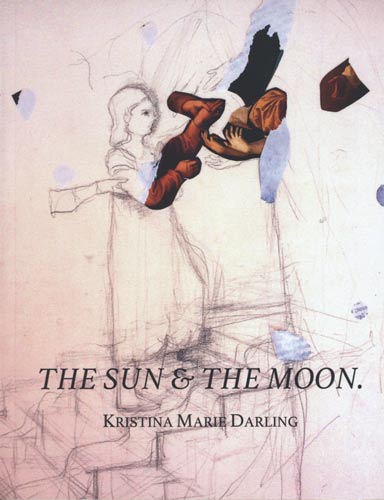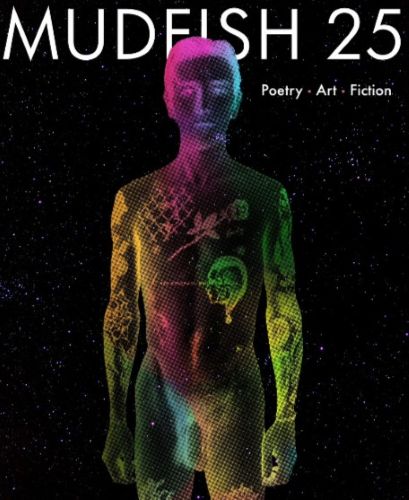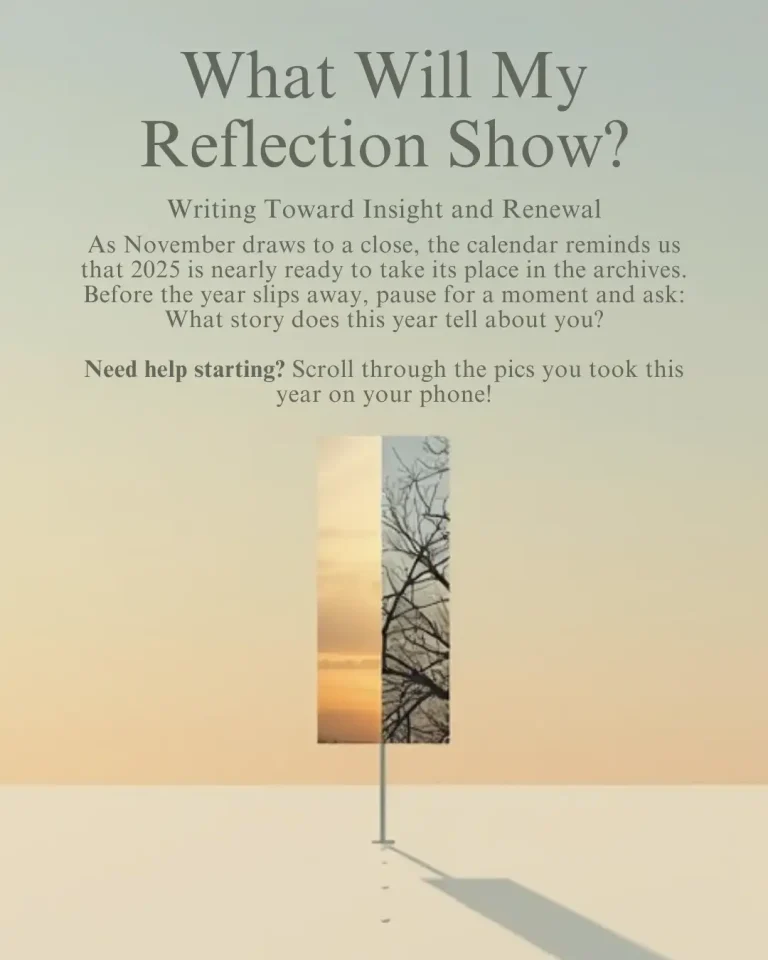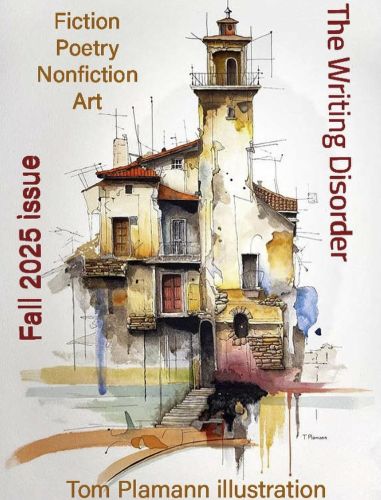I just finished reading Shirley Jackson’s We Have Always Lived in the Castle, a novel in which the narrator desires that she and her sister resist the socio-economic structure of 1950s New England and reside, instead, on the moon. They finally do achieve this goal by converting their large house into a smaller living space, boarded-up and isolated from the outside world. In novels like Castle, women often reinterpret the boundaries of living spaces in their writing partly because traditional domestic contracts and spaces constrain emotion, creativity, and grief. In her book of poems titled The Sun & the Moon, Kristina Marie Darling contributes to this collective literary voice that unfetters domestic space as her speaker grieves and examines a past marital relationship. The Sun and the Moon, representing respectively a husband and wife, are always at opposite poles in this space that reels with cinematic flashes of memory and the ghosts that inhabit memory over time. I just finished reading Shirley Jackson’s We Have Always Lived in the Castle, a novel in which the narrator desires that she and her sister resist the socio-economic structure of 1950s New England and reside, instead, on the moon. They finally do achieve this goal by converting their large house into a smaller living space, boarded-up and isolated from the outside world. In novels like Castle, women often reinterpret the boundaries of living spaces in their writing partly because traditional domestic contracts and spaces constrain emotion, creativity, and grief. In her book of poems titled The Sun & the Moon, Kristina Marie Darling contributes to this collective literary voice that unfetters domestic space as her speaker grieves and examines a past marital relationship. The Sun and the Moon, representing respectively a husband and wife, are always at opposite poles in this space that reels with cinematic flashes of memory and the ghosts that inhabit memory over time.
Darling’s astrological house is inhabited with violent ghosts that “drag those cold stars behind them” and “(start) polishing the knives.” The poems unfold like a story as the first-person female speaker reminisces about ghost’s gradual possession of the domestic domain while the “sun” burns up and the “moon” fades away. Neither partner is able to escape the burdens and desires they drag into the marriage, creating a relational void that apocalyptically flares into violence and retreats behind closed doors, more than hinting at an abusive situation.
Darling divides her book into four sections. The first is comprised of prose poems that narrate the original story. The second is titled “Appendix A: Illustrations” and contains three photographic images of ornate clocks. The third is titled “Appendix B: What Survived the Fire” and contains poems created by erasing lines from the prose poems in the first section. The fourth is titled “Appendix C: Notes & Observations” made of short two to three-line prose poems that are more like notes and observations on the first set of poems. Altogether, the sections create layers of thought concerning the relationship and domestic space represented in the story. The unfolding conflict and later interpretation of events allows the reader to ponder the way that retrospect both entertains and eradicates past ghosts.
Some of the charm of this short poetic “narrative” is its movement between concrete household items with spiritual and astrological symbolism. “Before we know it,” lines in poem “II” read: “the ghosts are fighting over the gift wrap, tearing ribbons / from each of the boxes.” The ghosts appear again in the poem “XVI”: “I serve / them dinner on little silver plates, but they pick at their / food, feed the hors d’oeuvres to the dog.” The narrator then moves to her spouse in poem “IV”: “The next morning, those remnants of the party were / everywhere: torn curtains, a broken window, my violet / nightdress hanging from the chandelier. Still you slept & / slept, your eyes like cold stars in a locked box.” “Soon,” says the narrator in poem “IX,” transitioning back to the ghosts, “they / see me all shimmering in white & can barely speak,” and then of her husband, “You / just stand there & stare, your suit covered in ash, the alter / catching fire behind you.” In general, the reader feels she has entered a home situated in the heavens. Perhaps the imagery harks back to mythological representations of male and female deities, imbuing the relationship between the poem’s speaker and her spouse with supernatural power.
Indeed, emotional entanglements are powerful and, as a domestic violence survivor myself, I connect with the speaker’s statements of hopeless attachment to a spouse destined to burn their marital abode to ash. She laments in poem “IV”: “light pours in through every window & I realize that you aren’t / going to wake up anytime soon. It’s the strangest things / that keep me from leaving.” But later, in the third section of “Notes & Observations,” she admits that her “desire to romanticize [. . .] had been a form of grief.”
These contradictory emotions are cataclysmic in Darling’s poetry, inspiring the speaker to mentally reorder domestic space, arrange it in the heavens, let its love affair burn out—desire, grief turned ash and snow fallen to an earthly ground.





